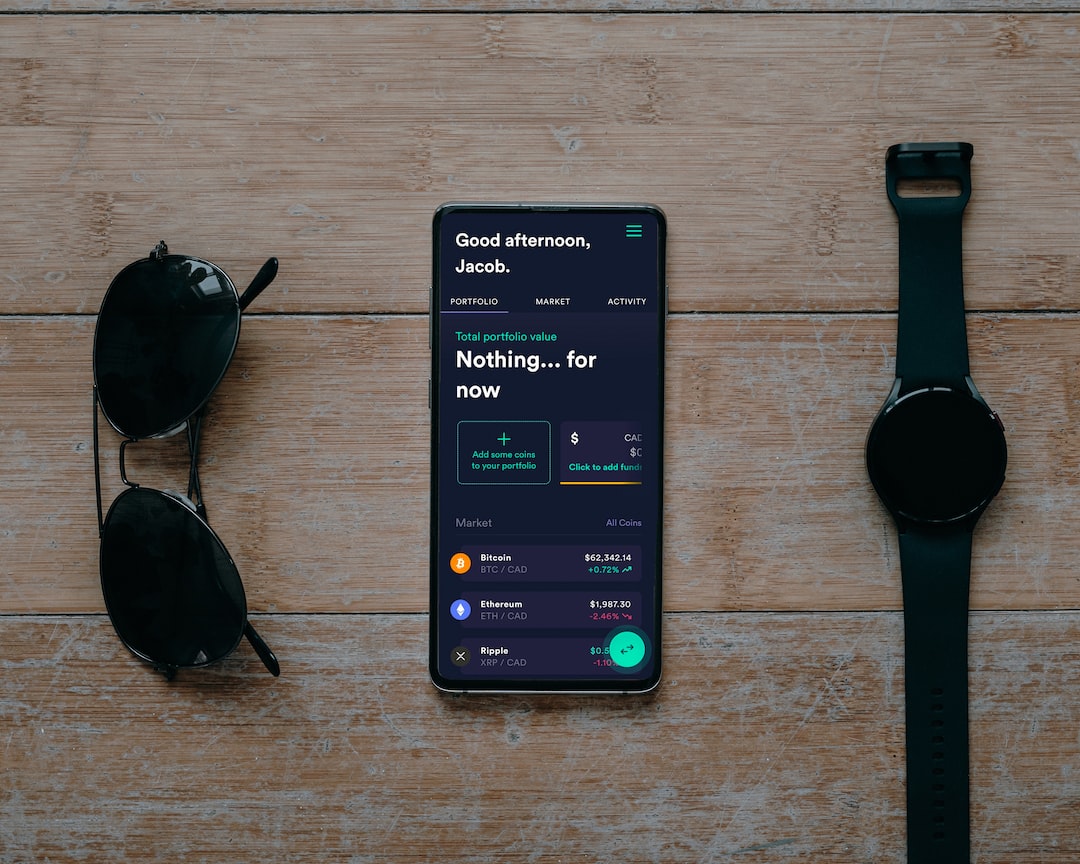The Vision for Autonomous Transportation
Oxa, a transportation tech firm, has partnered with Beep and Google Cloud to provide software capability for autonomous vehicles. The goal is to safely transport people on their daily routes using autonomous shuttles and buses. By reducing congestion caused by single-occupancy vehicles, Oxa aims to make urban transit more efficient and sustainable.
The Role of Oxa
- Oxa will provide the software capability that controls Beep’s fleet of vehicles.
- The technology will initially be deployed in Florida, with potential expansion to other locations serviced by Beep.
- Oxa raised $140 million in Series C funding and has attracted investments from various companies.
- The company believes that applying autonomy to personal cars or robotaxis won’t significantly improve congestion issues.
The Evolution of Autonomous Vehicles
Research on autonomous vehicles dates back to the 1980s, and today, numerous companies are working on bringing self-driving cars to the market, including Tesla, General Motors, Ford, and Volkswagen. Oxa emphasizes the importance of collaboration with regulators to ensure the safe and responsible development of autonomous technology.
The Promise of AI in Government and Defense
Beyond civilian vehicles, governments are also exploring the potential of AI in transportation. The Pentagon’s Replicator initiative aims to deploy attritable autonomous systems at scale within the next 18 to 24 months. Kratos Defense has successfully tested an AI-piloted fighter jet, showcasing the advancements in AI technology.
Hot Take: Autonomous Vehicles Hold Promise but Require Collaboration
Autonomous transportation has the potential to revolutionize urban transit and reduce congestion. However, Oxa’s approach highlights the importance of collaboration with regulators and a focus on public safety. By working together, companies and governments can ensure the responsible and efficient integration of autonomous vehicles into our transportation systems.





 By
By
 By
By
 By
By

 By
By
 By
By